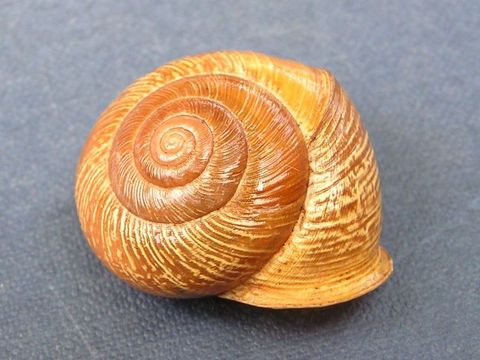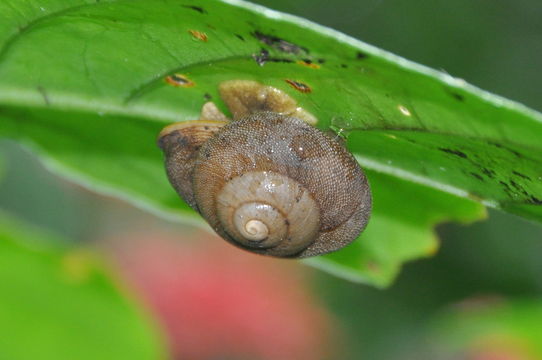
Adaptation
Mesodon elevatus has adapted in specific ways to its environment many of which can be expressed through generalization of all pulmonates.

The most noticeable and defining adaptation of the land
snails is the large unsupported unbalanced shell that they have.
Gastropods will move for a variety of reasons such as for food, finding
mates, and can scatter if necessary. In order for movement they use
adhesive locomotion
Besides their
eyes mollusks have aquired other sense organs. For example, pulmonates also have two statocysts that are located on both sides of
the head between the pleural and pedal ganglia
(Fretter et al. 1975). These are used to coordinate their movements,
orientate themselves, and sense vibrations
(Zaitseva, 2001). They are hollow, and are filled with liquid. There
is an outer covering of connective tissue that contains large hair cells
and also smaller cells (Fretter et al. 1975).
The statocysts are also directly connected to their brain like structure
the cerebral ganglia (Zaitseva, 2001).
Although these are relatively simple structures they are essential to
pulmonates for finding food mates and other vital components of their
life.
Previous: Habitat Go Home Next: Nutrition
